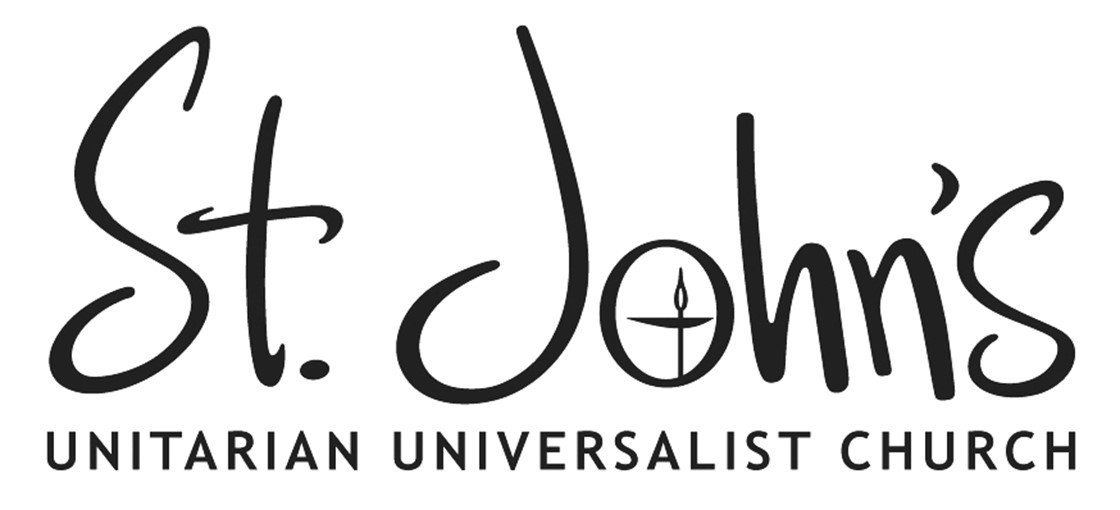Dear Church,
This week Alice and I will be in Tulsa, Oklahoma taking a class titled, “Multi-Racial Congregations as Faith Formation.” It promises to be well worthwhile.
This trip means something else to me as well.
From the start of 5th grade until the end of 10th, my family lived in Broken Arrow, a suburb of Tulsa. Of course, I hated it when we arrived. The land was dry, flat, and windy. Eventually I learned that in that place the sunsets could take on technicolor hues and last forever. There, the moon rose in slow, fat, perfection glowing orange in autumn. The scissortail fly catchers danced in the air at my Aunt Diane and Uncle Larry’s farm in Tahlequah; and copperheads were a natural hazard. The wind that never stopped gave us trees that grew with a slight bent and shaped ice sculptures from freezing rain.
I learned to watch the storms come across the land and love the smell of dust after the storm.
As a kid, I knew I was learning these things. But I was learning more than I knew. I did not appreciate how much I was shaped by that place until my own kids were in 5th, 6th, 7th grades.
I was confused that my son did not know who Sequoyah was. I was offended when my daughter’s school taught the Trail of Tears with a haiku and a coloring contest. My kids don’t know the difference between Choctaw and Cherokee. They have not tasted real fry bread. They don’t know who Wilma Mankiller was or why she mattered. Worse, they think I am really odd when I insist that they learn seemingly random things as I start to wonder, what are they teaching kids these days?
What we teach has something to do with where we are and who we are. In a state that started as Indian Territory, in a school where half the class has Native American ancestry, it mattered. For my kids growing up along the I-75 corridor, not as much.
Now, please understand me; from the Appalachian mountains of Tennessee through the Daniel Boone Forest into the Blue Grass then across the river, everywhere my kids have lived have been the lands of the First People. Haiku and Crayola illustrations are an ill fitted form of respect for the suffering of genocide, cultural and physical.
I feel like I should know more than I do about history and all her people, but at least I had my time in Broken Arrow, proximal to a culture different from what I carry with me.
And so I wonder what cultural expectations we are living with right now?
What are not aware of…
What are we secretly knowledgeable about?
I’ll be back in a week. Looking forward to continuing the conversation.
-Rev. Mitra
